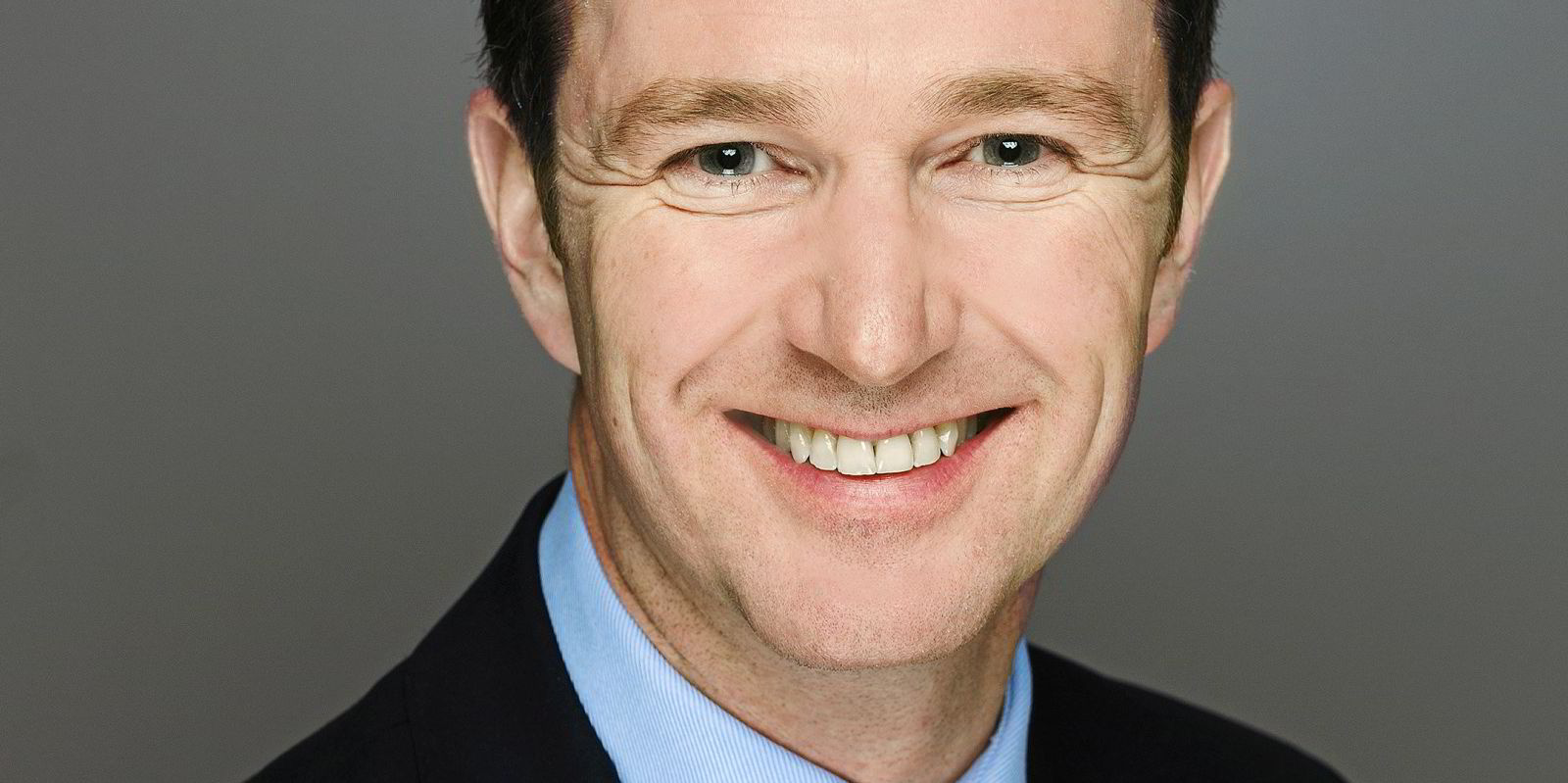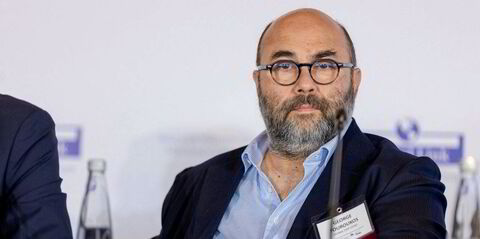PGS chief executive Rune Olav Pedersen has promised big things in the seismic survey sector through the shipowner’s merger with charterer TGS.
The two Oslo-listed groups announced a combination on Monday morning to create an operation with a market cap of more than $2.6bn.
“This will absolutely be a super-company,” a clearly excited Pedersen told a conference call with analysts. “This combination will benefit from substantial economies of scale. We will realise increased efficiencies.”
A preliminary estimate suggests savings of more than $50m annually, the companies have said.
“We will of course have much better utilisation of the fleet than what we have had so far in PGS,” Pedersen said.
“As TGS is a large user of vessels in their multi-client business, as we are in our multi-client business, there will be a real pull for vessel capacities which the combined company can use to optimise the utilisation of the fleet.”
Pedersen said PGS is strong in the marine streamer segment, while TGS is an ocean-bottom node specialist.
“Now we are together. I think this company will be the company that provides the node and streamer offering to the client, which has not really been present in the market today,” he told the call.
“So, plenty of opportunities and things for our customers to be happy about.”
PGS is valued at $707m. Its website lists a fleet of 11 survey ships, plus four support vessels chartered in from PF Thor.
New energy data explored
Pedersen said the company’s client base will be broader when the deal goes through.
“New energy data is one of the really exciting plays with respect to this offering,” he said.
“TGS has gone in one direction on energy data and built an impressive offering there. In PGS we have gone in a slightly different direction where we provide data from acquisition in both CCS [carbon capture and storage] and offshore wind.”
He believes this will be a “very powerful combination” and he envisages increased investor attention due to the combined group’s larger scale.
“The company will have access to lower cost of capital debt than we have had in PGS because it will get very strong combined credit rating, which obviously is a synergy which can be taken out when you combine these two companies,” he said.
TGS shareholders will get two-thirds of the new company, with PGS taking the rest.
Pedersen admitted deals like this can be difficult for employees.
“However, we share a culture of operational excellence,” he said. “We know each other very well. We have worked together in many places over many years in joint ventures. Many of our former employees ... now work in TGS, and the other way around.”




